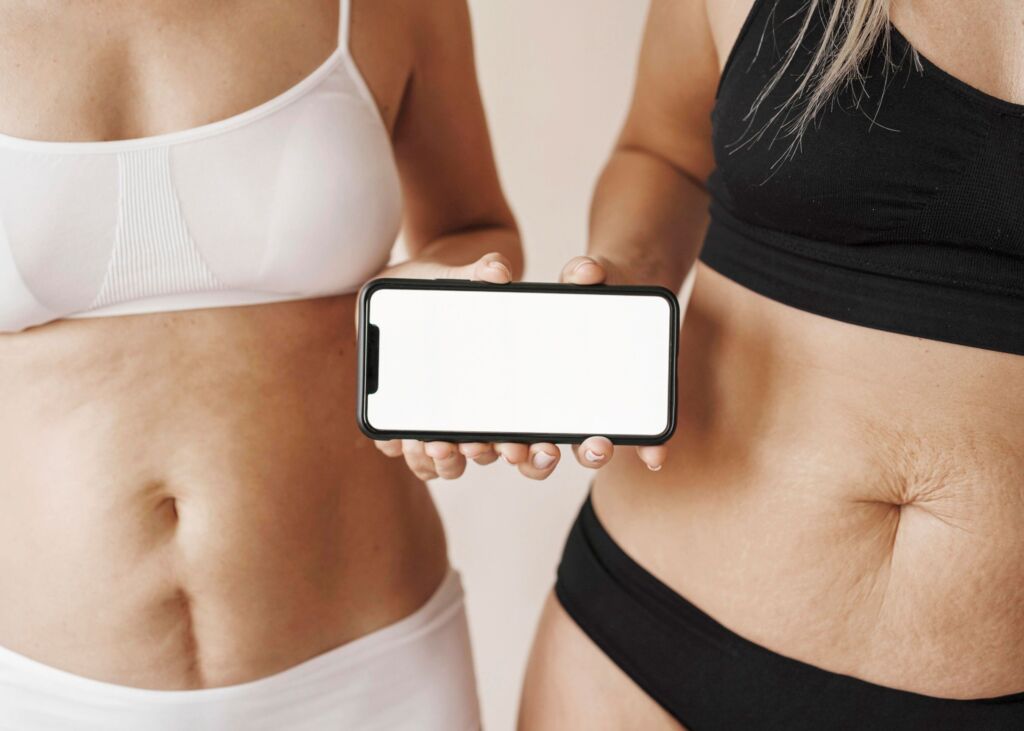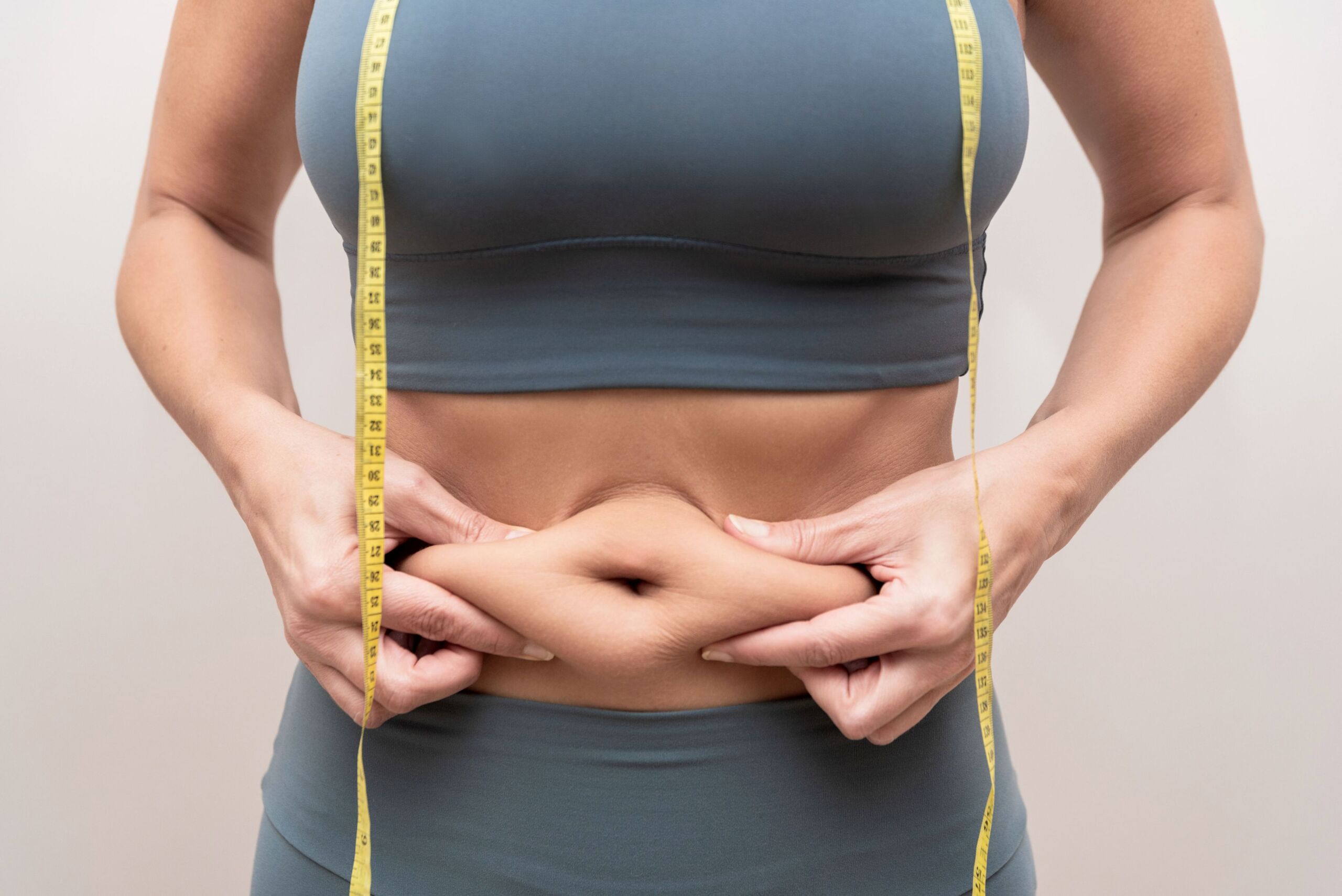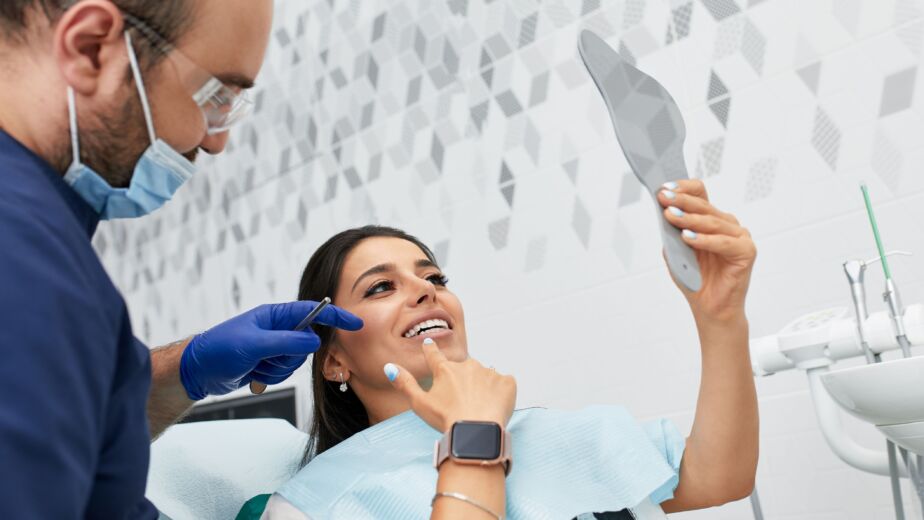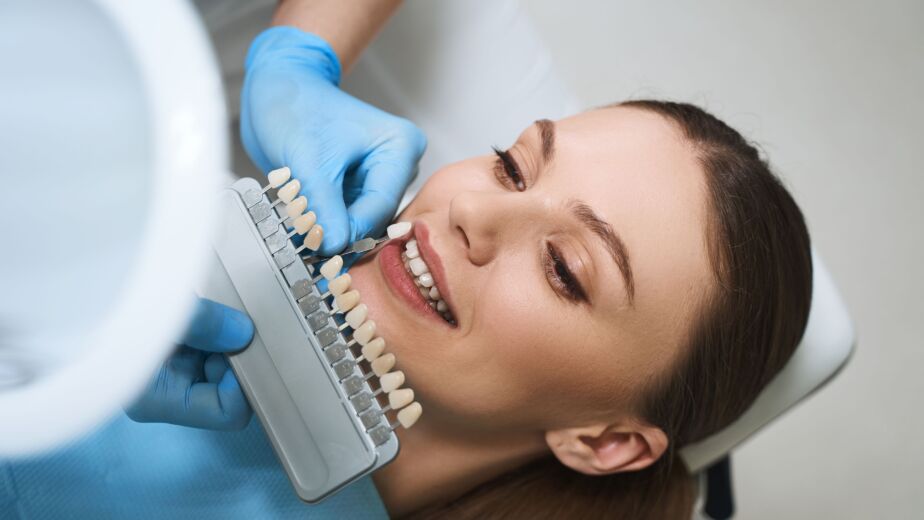Tired of stubborn fat that won’t budge with diet and exercise? Liposuction steps in to contour and define your shape. At our clinic, we start with a medical evaluation and precise photos to map your target areas, then build a personal plan that fits your body and lifestyle, with strict sterilization and follow-up protocols.
Overall, this guide gives you everything you need before you decide. Specifically, you’ll see who Liposuction in Turkey suits, how surgeons perform it, and what recovery looks like step by step, so you can make a confident, well-informed choice.
What is liposuction?
Liposuction also called (lipo). Is a cosmetic surgical procedure that removes fat that sits just under the skin. It’s not a weight-loss method. It’s among the most common aesthetic procedures worldwide.
It can be performed almost anywhere on the body: abdomen, flanks, back, thighs, hips, buttocks, arms, and under the chin. Liposuction reshapes these areas and reduces their circumference. Often, surgeons pair it with a tummy tuck when loose skin accompanies stubborn fat. Additionally, they may combine it with other cosmetic procedures depending on your goals and the medical assessment.
Types of liposuction
Before you choose a technique, your surgeon marks the treatment areas and takes photos (after your explicit consent) to compare results later. In most modern approaches, the surgeon first injects a tumescent solution that includes a local anesthetic and a medication to reduce bleeding. After that, the surgeon removes fat with very thin cannulas.
Techniques differ in how fat is loosened before suction, and by factors like tissue thickness, the target area, and the result you’re aiming for.
Suction-Assisted Liposuction (SAL)
A time-tested approach. After infiltration, fat deposits are gently loosened and suctioned via the cannula. Suitable for most areas and considered the reference point for other techniques.
Ultrasound-Assisted Liposuction (UAL)
Uses ultrasonic energy to emulsify fat, making it easier to remove. Especially helpful in fibrous regions like the back or the male chest.
Laser-Assisted Liposuction (LAL)
First, a thin laser fiber gently warms the fat, so it softens and the surgeon can suction it. Moreover, professional guidance notes a potential mild skin-tightening effect when the team keeps energy and temperature within strict safety limits.
Power-Assisted Liposuction (PAL)
The cannula vibrates at a controlled rate to help break up fat and distribute suction evenly. This can reduce effort and improve precision over large areas, making it a popular choice in modern body-contouring practices.

Recovery After Liposuction: A Practical Guide
Recovery is gradual. The first few days are quiet, with close monitoring; then activity returns week by week. Wearing your compression garment, early gentle walking, and following your surgeon’s instructions are the foundation of a safe, good result
Recovery timeline
- Week 1:
Swelling and bruising begin to ease. Your surgeon usually sees you to change dressings and review wound care and may prescribe an antibiotic if needed. Some people return to light desk work depending on comfort, while continuing to wear the compression garment most of the day. - Weeks 2–3:
Bruising fades noticeably; mild to moderate swelling may remain. You can expand daily routines and resume light activity while avoiding lifting and impact. Keep wearing the compression garment as advised to support shaping and reduce swelling. - Weeks 4–6:
A visible improvement in circumference. Based on your follow-up assessment, you may gradually increase exercise intensity. Your surgeon might reduce compression wear to specific hours per day. - Months 3–6:
Most swelling settles and your new contour becomes clear. Final results typically mature within this window. Keeping your weight stable helps the outcome last.
Potential risks
We aim to provide balanced, plain-language information you can trust. Here are potential complications of liposuction, summarized from reputable medical sources:
- Anesthesia effects: Nausea, dizziness, or rare allergic reactions. A pre-op evaluation and close monitoring by the anesthesia team reduce these risks.
- Fluid collections (seroma): Pockets of fluid under the skin, usually managed with needle aspiration.
- Infection: Redness, warmth, or discharge at incision sites, treated with antibiotics and proper wound care.
- Contour irregularities: Rippling or mild asymmetry that may improve with time and compression; occasionally a touch-up is needed.
- Bleeding: Can occur during or after surgery; usually managed with observation or drainage if required.
- Fat embolism: A rare event that can cause shortness of breath and requires urgent care.
- Thermal injury: Possible with energy-based devices (laser/ultrasound) if settings aren’t properly controlled.
- Nerve changes: Temporary numbness or tingling; persistent changes are uncommon and often improve with guided recovery.
Friendly takeaway
Overall, most after-effects are mild and improve steadily. Moreover, serious complications are uncommon and become far less likely when you’re a suitable candidate, you follow instructions, and a board-certified team operates in a licensed facility.
In addition, if you have a specific medical history, share it during your consultation so the team can tailor your safety plan. Finally, keep your follow-ups and report any concerns early; as a result, you support a smooth, safer recovery.
Tummy tuck vs. liposuction
Plastic surgeons perform both procedures as cosmetic surgeries; moreover, insurers usually don’t cover them. In short, liposuction removes subcutaneous fat to sculpt your shape, whereas a tummy tuck addresses loose, excess skin and may also tighten separated muscles to restore a flatter, firmer abdomen.
At a Glance: Liposuction vs. Tummy Tuck
| Comparison Point | Liposuction | Tummy Tuck |
|---|---|---|
| Primary goal | Sculpt the figure by removing stubborn subcutaneous fat. | Remove excess abdominal skin and fat, often with muscle tightening. |
| Best for | Stable weight, good skin elasticity, localized fat deposits. | Significant skin laxity after major weight loss or multiple pregnancies. |
| Doesn’t Treat | Severe skin laxity or muscle separation. | Fat deposits scattered beyond the abdomen. |
| Incisions & scars | Several tiny, strategically placed incisions. | A low horizontal incision; may include around the navel depending on technique. |
| Recovery time | Generally quicker; light activities resume sooner. | Longer recovery with more structured aftercare and follow-up. |
When do we combine them?
Usually, if loose skin and stubborn fat occur together, surgeons combine a tummy tuck with liposuction to deliver a more harmonious outcome. Moreover, they’ll review timing and aftercare so you know what to expect.
How to choose safely
- Set a realistic goal: targeted contouring, or improving abdominal skin and muscle tone?
- Discuss your health history, weight stability, and skin elasticity with a board-certified surgeon, and ask for a written plan covering steps, risks, recovery, and follow-up.
- Remember: results evolve over months. Stable weight and balanced habits help them hold.
Procedure cost
There isn’t a single fixed price. Costs vary by the number of treated areas, technique, operating time, anesthesia type, and hospital fees. The final figure typically includes surgeon’s fee + anesthesia + operating room/equipment + pre-op tests & follow-ups + medical supplies, so the surgeon’s fee is only one part of the total.
Therefore, follow health authority guidance and discuss the financial details and the treatment plan clearly during your consultation; before you confirm the final price, ask for a written breakdown.
Approximate comparison by technique
| Technique | Price |
|---|---|
| Traditional liposuction | 1,800 – 2,200 |
| Laser-assisted liposuction | 2,500 – 3,000 |
| Ultrasound-assisted liposuction | 2,300 – 2,800 |
| Power-assisted liposuction | 2,700 – 3,200 |
What do packages usually include?
- Pre-op consultation and clinical assessment, goal setting, and a clear explanation of risks, recovery, and costs.
- Surgeon’s fee (as part of the total, not the whole cost).
- Local or general anesthesia and the anesthesiologist’s fee.
- Hospital operating room and equipment fees.
- Basic pre-surgery tests as needed (labs, anesthesia evaluation).
- Post-op supplies like a compression garment and written aftercare instructions.
- Follow-up visits to guide recovery, assess results, and answer questions.
Friendly note: Some offers include non-medical services (transportation, translation, lodging). Always ask for a written, itemized quote showing what’s included and what’s billed separately.
Request pricing
By sending, you agree we may contact you on WhatsApp with pricing.
Got it! We’ll WhatsApp you the pricing shortly.
Why Turkey?
Turkey blends quality care with sensible pricing: accredited hospitals and centers, experienced teams, and easy flights from many cities. You can verify a clinic’s authorization before you book.
Reasons Turkey may be your first choice
- Clear regulation & licensing:
The Turkish Ministry of Health publishes medical tourism regulations and authorized provider lists on an official portal you can check yourself before booking. - International accreditation available:
You can choose a hospital with JCI accreditation, a global standard focused on patient safety and quality of care. - Excellent air access:
Istanbul Airport led Europe for direct connectivity in 2024, which translates to more routes and easier connections to and from numerous cities. - Competitive overall cost:
Moreover, OECD analyses find substantial country-to-country differences in healthcare prices and services. Consequently, patients often find that treatment in Turkey costs less than in Western Europe or North America; however, always confirm exactly what your price includes.
Before you book, confirm the clinic appears on the Turkish Ministry of Health’s authorized lists. Review JCI if needed, and get a written plan for costs, aftercare, and follow-ups.
Frequently Asked Questions (FAQ)
For desk-based jobs: often within 1–2 weeks, depending on treated areas and your comfort. Light walking starts early; strenuous exercise returns gradually after your doctor clears you.
Removed fat cells don’t return, but weight gain can enlarge the remaining cells and affect shape. A stable weight and regular activity help maintain your result.
Bruising and swelling ease in the first weeks. Definition sharpens between 3–6 months as swelling fully resolves.
Balanced nutrition, adequate hydration, regular physical activity, and quality sleep. Major weight changes can alter the treated area’s appearance.
This article is for general education and doesn’t replace an in-person medical exam. Outcomes vary based on diagnosis, technique, and aftercare. Always follow your surgeon’s advice.



